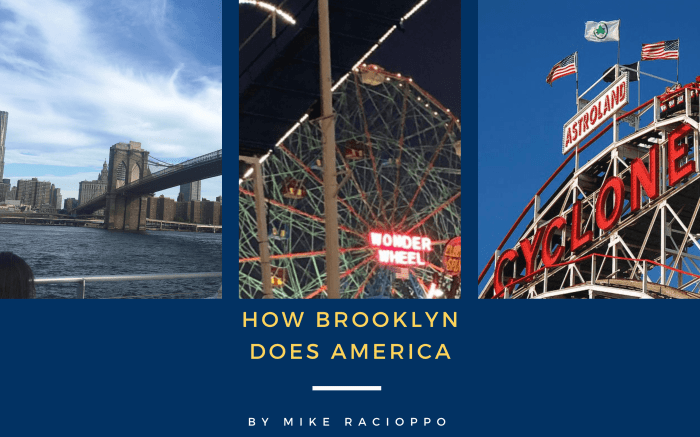In our age of smartphones and the web, traffic-based advertising often devolves into clickbait that includes promises of lists to confirm or confound your beliefs, to amuse, or thrill.
Things like “you won’t believe the top 10 (insert noun that you won’t believe)” or “12 places you must see before you die” are common types of clickbait. There are also lots of lists that, when combined with an article, are referred to as “listicles” on sites like BuzzFeed. This is something millennials seem to like, and as an old millennial, I’m inclined to agree.
To segue, I find that this support for lists and rankings carries seamlessly over to a preference for Rank Choice Voting (RCV). However, my support for RCV — sometimes referred to as “instant runoff” — rests on an understanding of the process by voters. I will do my best to explain that process.
In 2018, city voters overwhelmingly approved the use of RCV in primary elections, and this June, we’ll hold our first citywide elections with it. In practical terms, on June 22, you’ll be able to list your top five favorite candidates for every office that represents you in city government — mayor, comptroller, public advocate, and city councilmember. No, district attorney is not included. If there is a candidate with over 50 percent of voters ranking them as their #1 choice, that candidate is the immediate winner. If not, the candidate who finished last in first-place votes is eliminated, and those who voted for the last-place candidate will have their vote redistributed to their second choice. This process will go on until a candidate exceeds 50 percent or, if necessary, reducing to two candidates where, between those two, one will have of necessity attained a majority.
RCV is not just an exercise in making lists but a way to improve our city’s democracy with the side effect of reducing costs over the prior system for citywide office. It ends the prospect of a primary runoff two weeks later in which hardly anyone shows up to vote, resulting in a different electorate. It encourages both diverse expression and positive campaigning while appealing to more people. Even if a person is certain to rank a certain candidate #1, there is an incentive for other candidates to be appealing enough to be ranked anywhere from first through fifth.
RCV also eliminates what’s known as the “spoiler effect,” in which multiple candidates having similar views dilute those views by splitting their votes. The “spoiler effect” of plurality voting means that a candidate with minority views may emerge as the winner. Some plausibly argue that a historical example of a “spoiler” is Ralph Nader in 2000. A fictional example would be in season 4 of “The Wire.” Tony Gray took enough votes from incumbent Mayor Clarence Royce to enable Thomas Carcetti to become the mayor of Baltimore.
Because in New York City, the Democratic primary is so often the true determinant of the election, this is not fiction. We have some serious real-life choices to make. Starting on June 12, people will begin early voting and thus ranking preferences for who they want to lead our city post-pandemic. It’s not something to be taken lightly, and if you vote for a candidate with less support, the ones you rank with a lower priority (fifth through second) could make a major difference in our direction.
I’m not sure who will take up all five spots in each race on my ballot yet. However, my number one ranked-choice for Brooklyn Borough President is JoAnne Simon, for Comptroller, like AOC, is Brad Lander, and for Public Advocate, it is Jumanee Williams. For City Council’s 33rd district, it’s Lincoln Restler, and without making a final choice for number one, I know I’ll rank Kathryn Garcia somewhere on my mayoral ballot.






















